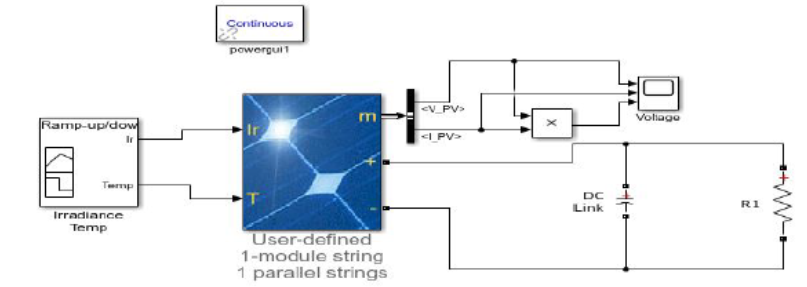Optimal Power Point on the I-V Curve of a Photovoltaic Solar System (Modelling and Analysis)
Keywords:
Photovoltaic cell, perturb & observe (P & O), MPPT, LoadAbstract
Motivated by recent interest in improving the performance of PV cells, we explored the optimal power point in Photovoltaic (PV) cells by using three different topologies to compare its function and efficacy. Firstly, we investigate the consequence of connecting a PV directly to the load. Secondly, the efficacy of an electronic device that generates a pulse width modulation (PWM) to control a boost converter connected to the PV panel and the load and finally the maximum power point tracking (MPPT) method by using the Algorithm Perturb and Observe (P\&O), with the implementation of the DC-DC converter between the PV panel and the load. In doing so, a mathematical model of the PV cell was employed and using MATLAB Simulink, the behaviour of the voltage and current signals acquired were analysed, this helps in understanding the performance of the solar cell under different meteorological circumstances, and its effect on the power generated by the PV cell. Finally, based on the performance simulations on the three methods implemented, the results were tested for the response time of the MPPT under different load conditions in order to ascertain it performance.








